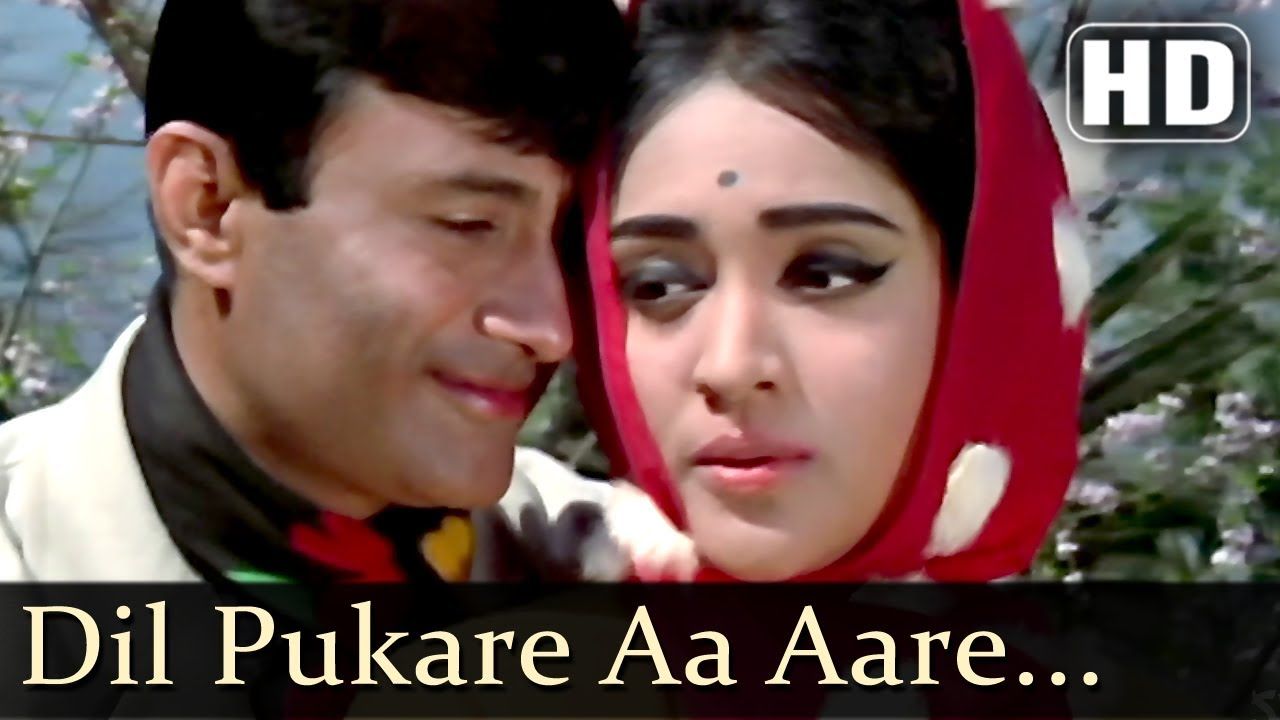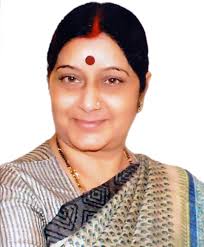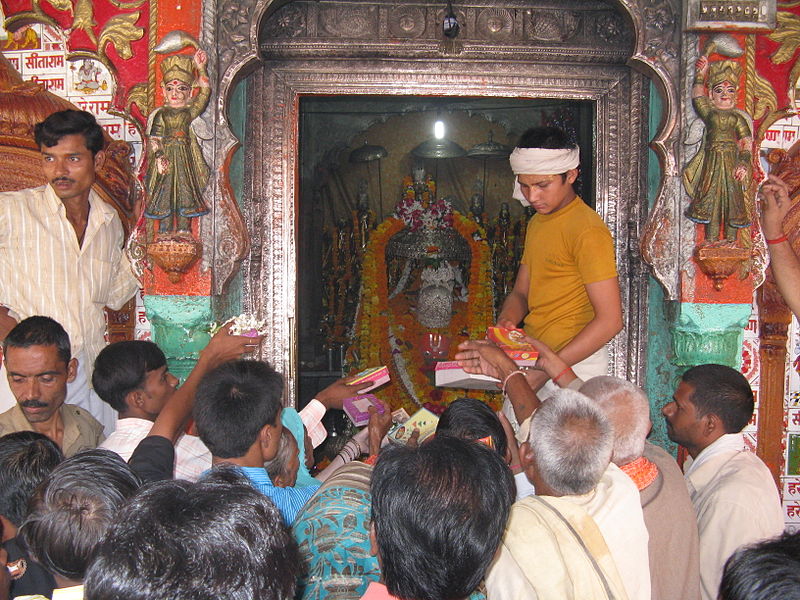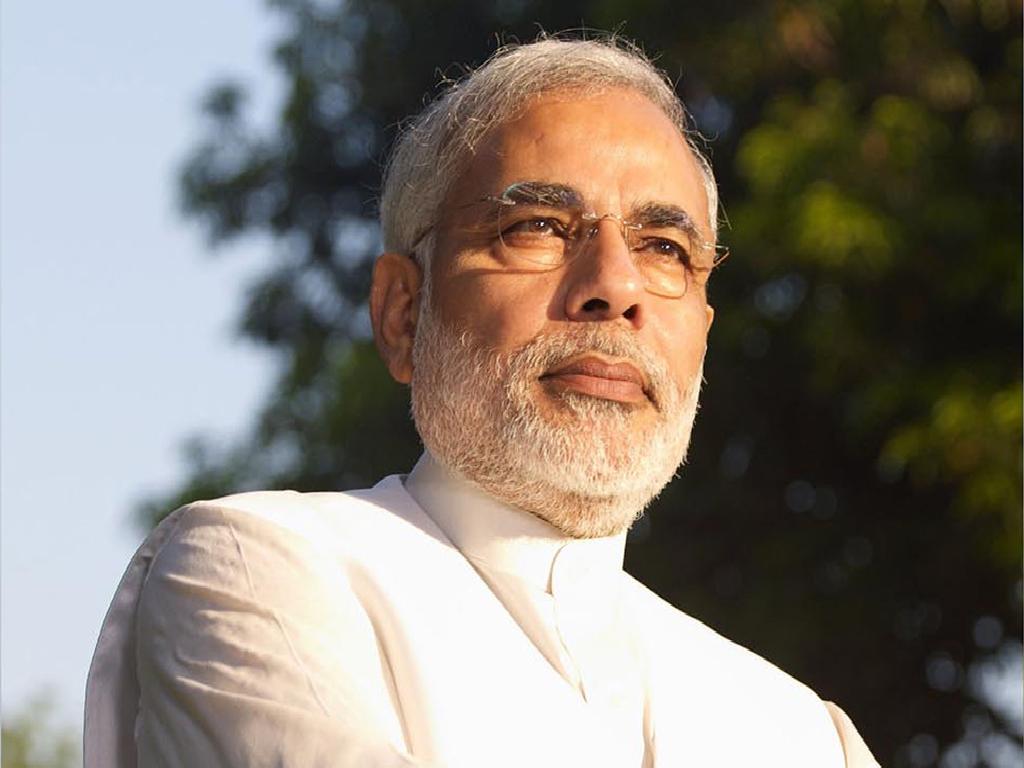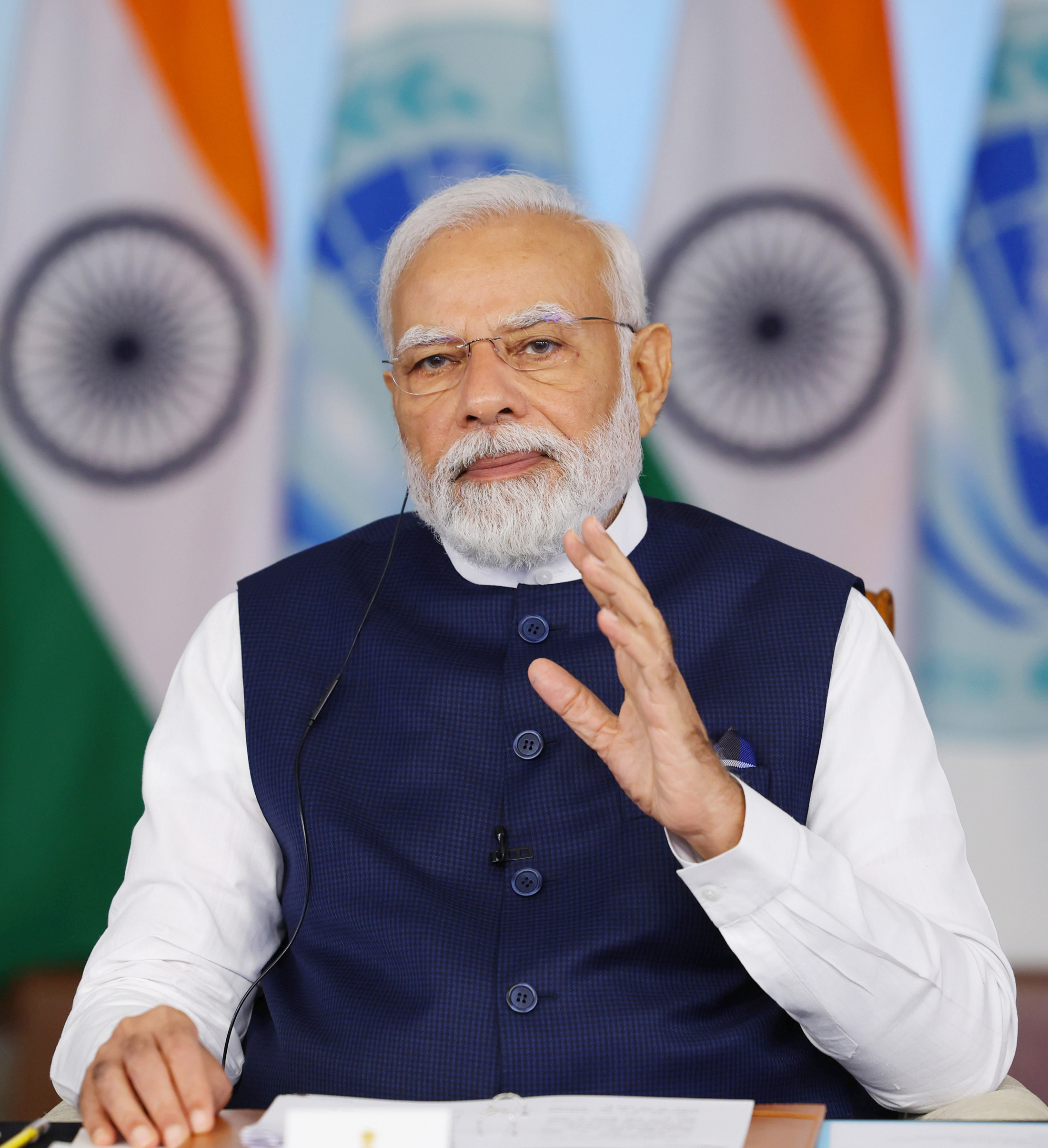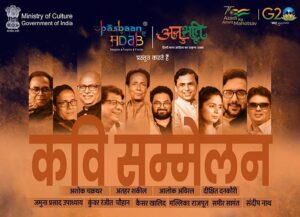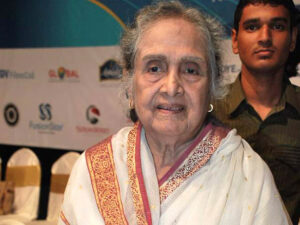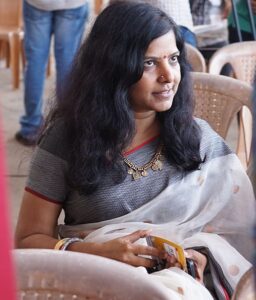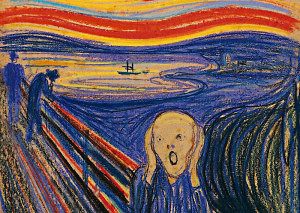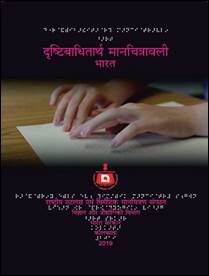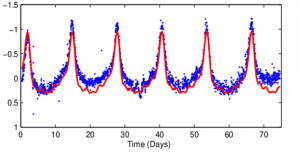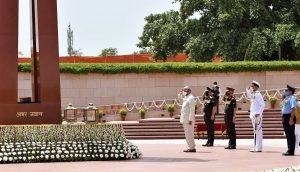Akbar: A fine biography
Ravi Shanker Kapoor | March 5, 2017 5:08 pm
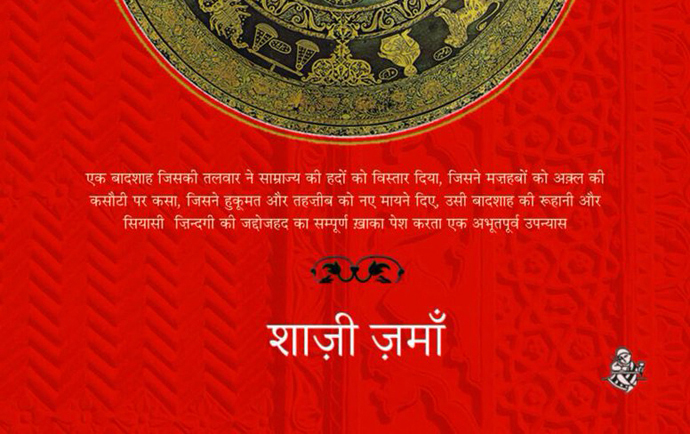
If a sign of a good book is that it whets your appetite to know more about the subject, Shazi Zaman’s Akbar (Rajkamal Paperbacks, Rs 350) passes the test. It presents Akbar (1542-1605) as he was—as a king, as a human being, and as a curious inquirer; and it does a great deal to disabuse us of any notions regarding his resemblance with Mughal-e-Azam’s Prithviraj Kapoor.
Such is the power of cinema, and Indians’ proclivity to glorify history and deify historical figures, that it is often difficult to regard our past without embellishments; it is rarely, if ever, presented unvarnished. Zaman, however, appears free—well, almost free, as I shall discuss—from the temptation to add a halo around the Mughal emperor a halo. The Akbar we get is made of flesh and blood, with his strengths and frailties, ambitions and anxieties, magnanimity and cruelty. All too human. Yet, imperial and imperious.
So, he wrote to Dawood Khan Karrani, an Afghani chieftain in Bihar who had refused to submit to the Mughal authority, in August 1574, “We are Zille Ilahi [the image of Allah]. We know only giving, not taking. So, we don’t want to take revenge but grant forgiveness.” In the same letter, Akbar offered three options to Karrani to avoid war: the latter fights with Akbar in a gladiatorial contest; sends his best warrior against that of the Mughals; or sends his mightiest elephant to fight Akbar’s chosen elephant. Zaman writes, “His Royal Highness’ offer unnerved Karrani.” The Afghan resistance ended, and Mughal rule was established in the region.
The incident tells Akbar’s character and skills. Quite apart from his valor, he was an accomplished soldier and an animal trainer par excellence; and he was willing to take personal risks. It was also evident in the siege of Chittorgarh (1567), which he led from the front; in fact, he shot dead the fort commander with his own gun. The battle for Chittorgarh was fought in a typical Islamic manner: the enemies were pronounced kafirs (infidels), their defeat was part of jihad (though many on Akbar’s side were Hindus), the fall of the fort was followed with jauhar and mass slaughter (about 25,000 dead), and the women and children were enslaved. A tower of heads was made in the typical Timuride fashion.
The emperor issued an edict of his victory, saying, “May Allah destroy the kafirs against whose cities He gives us strength. This is how we hoist the flag of Islam and eradicated infidelity and sin with our sword. We ended idolatry from those places of Hindustan.”
But, Zaman writes, “after Chittor His Royal Highness fought many battles and emerged victorious in each of them, but he neither ordered such a massacre again nor did he gloat about any victory in such terms.” Later, he also abolished jaziya, the hated poll tax that the Hindus had to pay.
While Akbar gave up the claims of carrying out Allah’s commandment to wage war against infidels, he never stopped seeing himself as an agent of a divine mission. He was certain, like everybody else around him, that he was divinely ordained to rule India, which he believed was the largest part of the world. A comparison with Queen Elizabeth (1533-1603), a contemporary, would be interesting. She ascended the throne in 1559, three years after Akbar did, and ruled till she was alive, just like the Mughal ruler. She, too, believed in monarchs’ divine right to rule. The crucial difference, however, was that, though she was extremely powerful and could ride roughshod over anybody, her powers were not absolute; there was Parliament, even though it was not as powerful as it is now. A “blend of charm and imperiousness characterized the queen’s relations with Parliament, on which she had to depend for revenue,” according to Encyclopedia Britannica. Akbar was not hampered by any such contrivance. His word was the law and the edict, his verdict on any dispute was final. He was the embodiment of the executive, the legislature, and the judiciary—even faith to some extent.
It is in matters related to religion that Akbar not only evolved but also displayed great discernment; what makes this more creditable is the fact that he was barely literate. While he was not well-read because of this inadequacy, a number of texts were read out to him. Zaman has used the reading sessions to describe, among other things, the lives and times of Humayun and Babar.
The striking feature is Akbar’s evolution in matters of faith. He began as a Muslim ruler, but grew into an eclecticist if not an agnostic. He chose to endure a bigoted cleric’s assault by a stick in his earlier years as king; he also let a Brahmin got executed at that cleric’s insistence on grounds of blasphemy. But later, as his power grew and his understanding of the subject enhanced, Akbar also had the audacity to humiliate the same cleric, Sheikh Abdunnabi, and even punch him in his face.
Akbar makes it quite clear that in his later years the greatest Mughal ruler started doubting the claim of ulema that Islam is the only true path and that other religions are false. He saw merit in the beliefs and practices of other faiths as well. For instance, he would bow to the sun in the morning; the book also carries a reproduction of painting showing the emperor worshipping the sun. Needles to say, all this infuriated the Muslim clergy, but they knew the consequences of their objections could be very unpleasant.
He also started a religious movement, Din-e-Ilahi. Often presented as a faith started by Akbar, one doubts if that was so, for he never turned his back on Islam, his unusual practices notwithstanding. It was an eclectic enterprise rather than a religion. Further, as Zaman has described in the book, the emperor wanted but never forced any courtier to become his disciple in matters religious. Din-i Ilahi died with Akbar.
Akbar’s dealings with Christian missionaries say a lot about his later catholicity. They spent years to convince the Mughal emperor to see the light—that is, to realize that Christianity is the only path to redemption and, thus, to become embrace Christianity. This, they believed, would bring the entire country within the fold of Christendom. The book doesn’t mention a single incident showing that the missionaries’ discourses offended Akbar, though the outrage and animosity of courtiers against them knew no bounds. Which is not surprising because the missionaries said on a number of occasions that Jesus was the Son of God, a doctrine deeply blasphemous from the Islamic perspective. For the nature of Jesus is one of the fundamental differences, if not the difference, between Christianity and Islam. There are many surahs in the Quran emphasizing this difference. It is surprising that Zaman did not mention this fact in his book which is the result of 20 years of research, study of countless books, and survey of a large number of Mughal paintings.
Though not a novel, as the author claims Akbar is, it is a fine biography—painstakingly researched and meticulously presented. But it is not without its drawbacks. The narrative is not linear; it oscillates back and forth, often lacking smoothness. Zaman claims that each and every incident, statement, etc., mentioned in the book is taken from one or the other contemporary document; and that he has not given himself the licence to make flights of fancy. The claim seems correct, but his commitment to facts and evidence has somehow held him back from making his own observations and deriving his own conclusions.
This I find a little odd from a television journalist—Zaman is group editor of ABP News. TV journalists are notorious for their predilection for sensationalism. But Zaman has kept away from such matters as his subject’s doings in his harem. The author does mention, however, Akbar’s licentiousness in his early years. There was a time when any woman that caught his fancy would end up in his bedroom. It even occasioned an assassination attempt; Akbar was lucky to survive it.
Zaman has also failed to explain properly Akbar’s incoherent outburst made in a state of delirium: “Let Hindus eat cows and Muslims eat pigs… ” The outburst appears several times in the book and even on the flap. It should have been satisfactorily dealt with.
A disconcerting factor is Zaman’s deferential reference to the Mughal rulers all the time. So, Humayun is mostly referred as Jannat Aashiani (Resident of Heaven) and Babur as Firdaus Makaani (One Who Lives in Paradise). Akbar is always His Royal Highness. This is despite the fact Zaman has faithfully mentioned even a profanity uttered by Akbar. Some disdain for kings and historical figures would stand Zaman in good stead.
The shortcomings of the book, however, are more than made up by its merits. It not only offered me a peek at the era of Akbar but also set me thinking about the entropy of the Oriental mind as well as the Oriental world. There is a king curious to know the true faith, but he remains insouciant about the happenings in the world. In his interactions with the missionaries, and others, he never came to know, or wanted to know, about the tectonic changes taking place in Europe—the Renaissance, the new ways of thinking, the new sea routes being discovered, the new world opening up for Europe, et al.
Further, Akbar’s innovations in the religious arena did not trigger any new kind of thinking. The ulema, whom he subdued, just tolerated him; they regained their relevance after his death; under his great-grandson, Aurangzeb, they even had the satisfaction of seeing the revival of jaziya. Brahmins, on their part, concocted a genealogy to link the Mughal emperor with themselves. Neither Akbar nor any of his Din-e-Ilahi disciples were able to break new grounds in the realms of philosophy or even theology.
I hope Zaman writes sequels to Akbar and enriches the historical understanding of Hindi-speaking populace.



